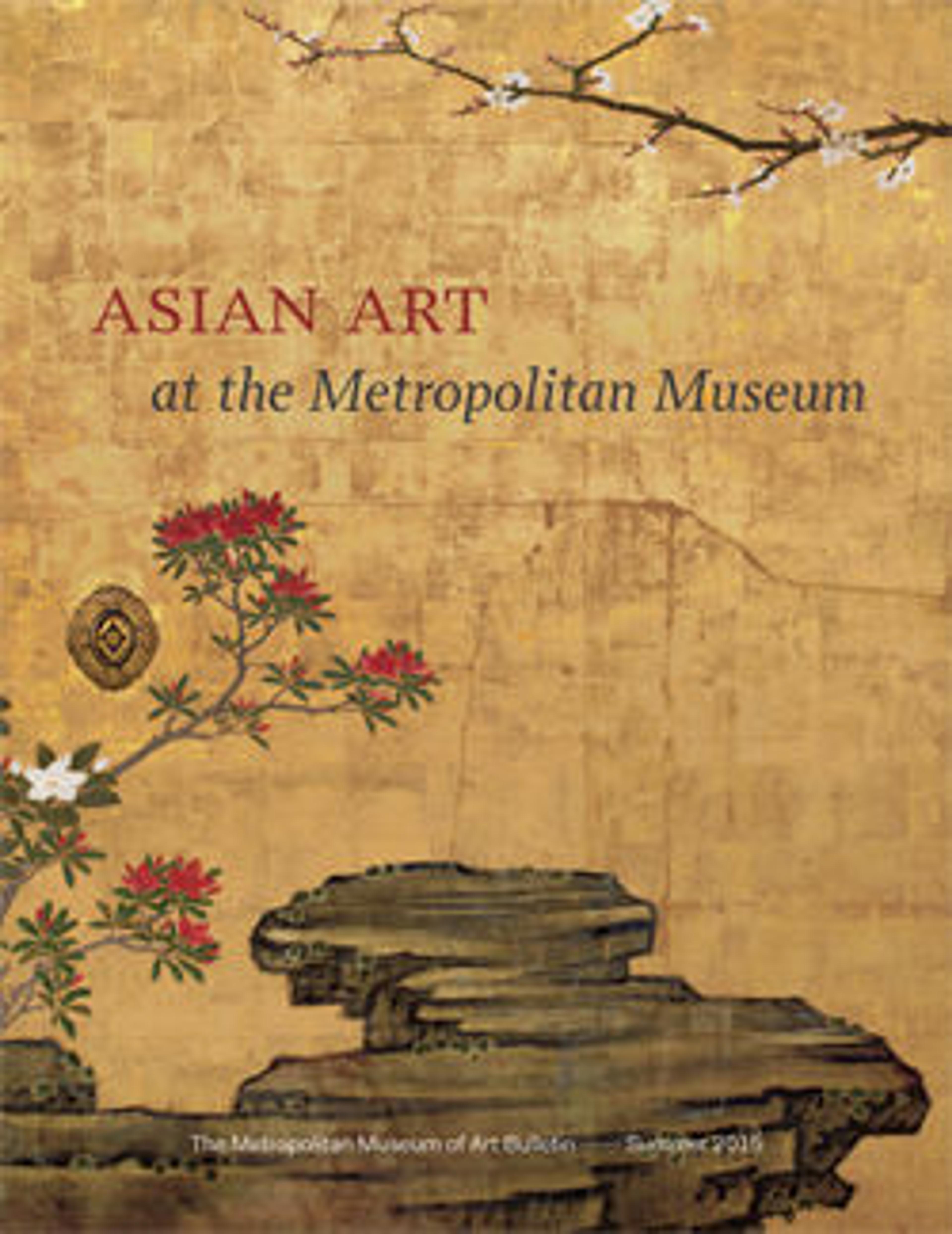Yashoda with the Infant Krishna
This tender image of maternal affection depicts the child Krishna being nursed by his foster mother, Yashoda. In infancy Krishna had been hidden from the murderous king Kamsa of Mathura to be raised in safety by foster parents. In the repertoire of South Indian processional bronzes cast during the Chola period, this subject is rarely represented. The sophisticated modeling, casting, and tooling link this work to Chola bronzes of the late eleventh and twelfth centuries.
Artwork Details
- Title:Yashoda with the Infant Krishna
- Period:Chola period (880–1279)
- Date:early 12th century
- Culture:India (Tamil Nadu, Pudukkottai and Tanjavur districts)
- Medium:Copper alloy
- Dimensions:H. 17 1/2 in. (44.5 cm); W. 11 13/16 in. (30 cm); D. 10 7/8 in. (27.6 cm)
- Classification:Sculpture
- Credit Line:Purchase, Lita Annenberg Hazen Charitable Trust Gift, in honor of Cynthia Hazen and Leon B. Polsky, 1982
- Object Number:1982.220.8
- Curatorial Department: Asian Art
Audio
7962. Yashoda with the Infant Krishna
0:00
0:00
We're sorry, the transcript for this audio track is not available at this time. Please email info@metmuseum.org to request a transcript for this track.
Listen to more about this artwork
More Artwork
Research Resources
The Met provides unparalleled resources for research and welcomes an international community of students and scholars. The Met's Open Access API is where creators and researchers can connect to the The Met collection. Open Access data and public domain images are available for unrestricted commercial and noncommercial use without permission or fee.
To request images under copyright and other restrictions, please use this Image Request form.
Feedback
We continue to research and examine historical and cultural context for objects in The Met collection. If you have comments or questions about this object record, please contact us using the form below. The Museum looks forward to receiving your comments.
